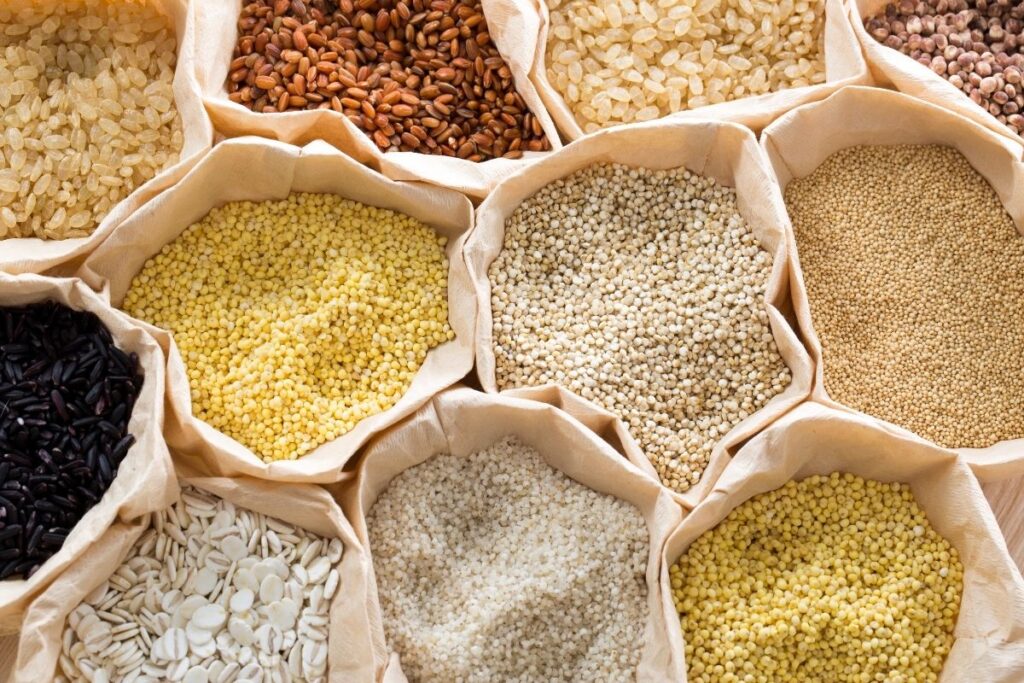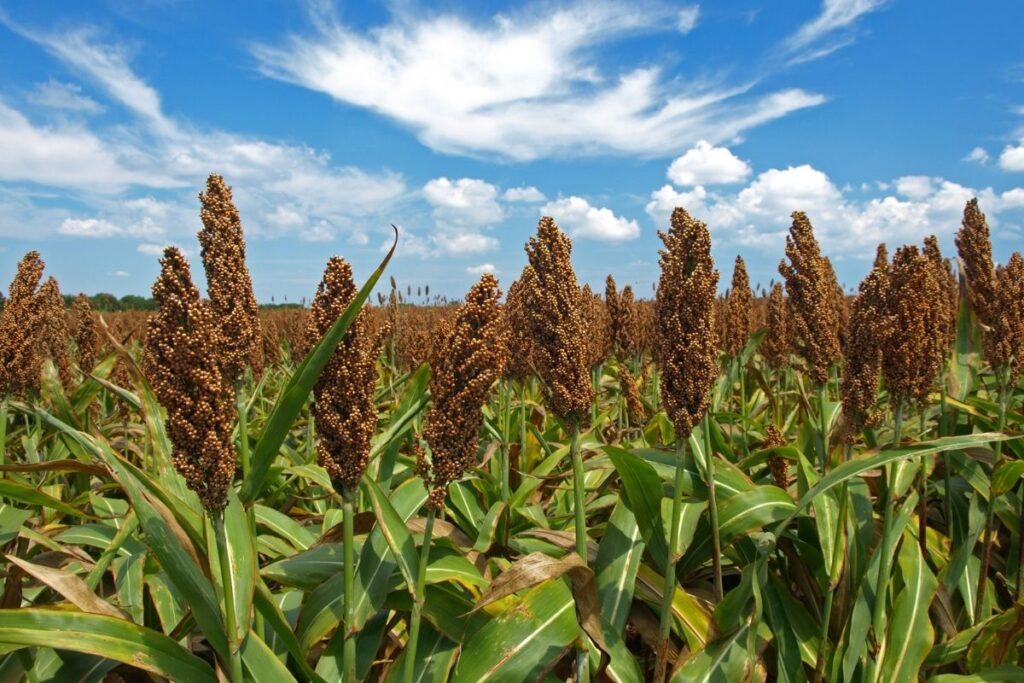The world of food is turning back to its roots. As health-conscious eating grows, ancient grains like millet, amaranth, and sorghum are stepping back into the spotlight. These grains, once staples in traditional diets across Africa, Asia, and the Americas, are now finding their way into modern kitchens worldwide. Rich in nutrients, naturally gluten-free, and versatile in recipes, they’re proving that old really is gold when it comes to eating well.
Today, we’ll explore their benefits, unique qualities, and delicious ways to cook with them.
What Are Ancient Grains?
Ancient grains are cereals and seeds that have remained unchanged over centuries. Unlike modern refined grains, they’re minimally processed and retain their original nutrients. Examples include millet, amaranth, sorghum, quinoa, and farro.
These grains are not just about nostalgia—they’re nutrient powerhouses that help diversify diets and support sustainable farming.
Health Benefits of Ancient Grains
- Nutrient-Dense: Packed with protein, fiber, iron, and antioxidants.
- Gluten-Free Options: Millet, amaranth, and sorghum are naturally gluten-free.
- Heart Health: High in fiber and plant compounds that lower cholesterol.
- Sustainability: Require less water and thrive in harsh climates.
- Weight Management: Their high satiety factor helps prevent overeating.
Spotlight on Millet

Millet has been a staple in India, Africa, and China for thousands of years. It’s light, fluffy, and cooks quickly, making it perfect for everyday meals.
- Nutritional Highlights: Rich in magnesium, iron, and B vitamins.
- Culinary Uses: Great as a rice alternative, in porridges, salads, or flatbreads.
- Recipe Idea: Try a Millet Breakfast Bowl with roasted fruits, nuts, and honey for a hearty morning start.
Spotlight on Amaranth
Amaranth is an ancient Aztec grain known as “the food of immortality.” Unlike many grains, it’s a complete protein with all nine essential amino acids.
- Nutritional Highlights: Packed with calcium, iron, and lysine (an amino acid often missing in grains).
- Culinary Uses: Can be puffed like popcorn, cooked into porridge, or baked into bread.
- Recipe Idea: Make Amaranth Energy Bars with dried fruits and seeds for a healthy snack.
Spotlight on Sorghum

Sorghum has been cultivated in Africa for over 5,000 years. It’s hearty, slightly sweet, and very versatile.
- Nutritional Highlights: High in fiber, rich in antioxidants, and a great source of plant protein.
- Culinary Uses: Can be popped like popcorn, ground into flour, or added to soups and salads.
- Recipe Idea: Enjoy a Sorghum Salad with Roasted Vegetables and lemon-tahini dressing.
Table: Nutritional Comparison of Ancient Grains
| Grain | Protein (per cup cooked) | Fiber (per cup cooked) | Key Nutrients | Best Uses |
|---|---|---|---|---|
| Millet | 6g | 2g | Magnesium, B vitamins | Porridge, flatbreads, salads |
| Amaranth | 9g | 5g | Calcium, iron, lysine | Energy bars, soups, baking |
| Sorghum | 10g | 7g | Antioxidants, plant protein | Salads, flour, popped snacks |
Modern Recipes with Ancient Grains
1. Millet Vegetable Pilaf
A fluffy dish with sautéed carrots, peas, and spices, perfect as a side or main course.
2. Amaranth Porridge with Cinnamon and Berries
Creamy, warming, and nutrient-dense breakfast that keeps you full for hours.
3. Sorghum Flour Pancakes
Light, gluten-free pancakes with a nutty flavor, great for weekend brunches.
Ancient Grains in Today’s Food Trends
Health-conscious consumers are seeking alternatives to refined wheat and rice. Ancient grains are making their way into:
- Gluten-Free Baking: Breads, muffins, and tortillas.
- Snack Foods: Popped sorghum, amaranth bars, millet chips.
- Restaurant Menus: Grain bowls, salads, and porridges.
- Beverages: Sorghum-based beers and amaranth smoothies.
Even big brands are incorporating these grains into cereals and protein bars.
Sustainability Angle
Ancient grains are climate-resilient. They grow in arid conditions with little water, making them valuable for future food security. As climate change challenges agriculture, these crops may become more essential worldwide.
Millet, amaranth, and sorghum are more than food trends—they are nutritious, sustainable, and versatile grains making a powerful comeback. Whether you’re looking for gluten-free options, exploring plant-based proteins, or just adding variety to your meals, ancient grains deserve a place in your kitchen.
By rediscovering them, we connect with centuries of food heritage while paving the way for healthier, eco-friendly diets.
FAQs
1. Are ancient grains healthier than modern grains?
Yes, ancient grains are less processed and packed with nutrients compared to refined modern grains.
2. Can I use millet, amaranth, or sorghum instead of rice?
Absolutely! They work well as rice substitutes in many dishes like pilafs and salads.
3. Are ancient grains safe for people with gluten intolerance?
Yes, millet, amaranth, and sorghum are naturally gluten-free.
4. How do I cook sorghum properly?
Boil sorghum like rice—1 cup sorghum with 3 cups water until tender.
5. Where can I buy ancient grains?
They’re available in health food stores, supermarkets, and online retailers.
